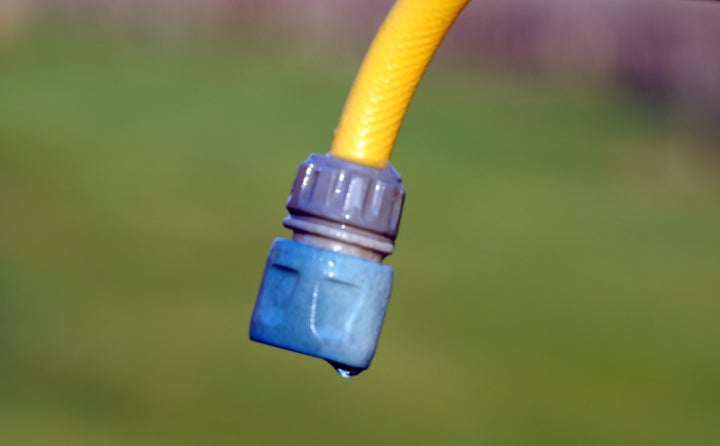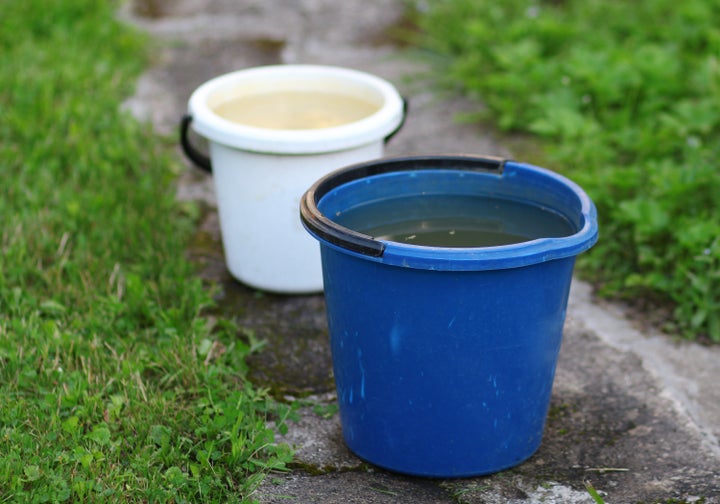Seven million people in the north west of England are set to face a hosepipe ban, which isn’t great news if your garden is already looking like a parched yellow wasteland.
The suspension, which comes into place on 5 August, follows a ban already implemented in Northern Ireland amid the longest heatwave since 1976.
But fear not, green-fingered friends, there are ways to save your hard work going entirely to waste, even during water shortages.

You can still use a watering can to refresh your plants during a hosepipe ban and to minimise water evaporation as much as possible this should be done either early in the morning or late in the evening. “Avoid watering in the heat of the day as it will scorch the leaves,” says Sarah Squire, deputy chairman of Squire’s Garden Centres.
But to be even more environmentally conscious, Rachel Fletcher, head of water services at regulator Ofwat, recently advised using reused bath water to quench your garden’s thirst and save more water. The Royal Horticultural Society (RHS) agrees plants and turf can be be watered with shower, bath, kitchen and washing machine water (from rinse cycles), which are collectively referred to as ‘grey’ water.
“[Grey water] varies in quality and may contain contaminants such as soap and detergent. Fortunately, soil and potting composts are effective at filtering them out, and the residues can sometimes act as a mild fertiliser,” its website reads.
Of course, you can also set up buckets in your garden to collect any rainfall, should you be lucky enough to experience a shower. When using this recycled water, RHS chief horticulturalist Guy Barter advises watering gardens thoroughly to imitate a downpour of rain, then leaving for up to 14 days.
“A good soak is far more effective than watering little and often,” he tells HuffPost UK.

Barter recommends using a technique known as “ponding” to help plants take up the maximum amount of water possible. “This involves building a little bank of earth to hold water over the plant’s root zone,” he explains.
Squire also recommends soaking plants, then covering their surrounding compost with mulch, such as tree bark. “This will keep the soil cooler and prevent it from drying out,” she says. “Mulch is also great as it improves soil texture and suppresses weeds.”
Both Barter and Squire say moving pots to the shade where possible or placing under a sun umbrella can help to reduce water loss, especially if you are going on holiday. “Arrange hanging baskets above pots so that they benefit from any water run-off,” Barter adds.
If you’ve got spare recycled water - such as from a paddling pool - it’s always worth throwing some over your lawn. If the ground is particularly dry, you can aid water penetration by spiking the surface with a garden fork and watering early in the morning or late at night, just like your plants. If the turf is still brown and doesn’t appear to be growing, Barter says don’t panic.
“This often looks a lot worse than it actually is, and the lawn will usually recover rapidly with renewed rainfall,” he says. “It would take a severe drought to actually kill off the lawn. Avoid laying new turf as this will require watering.”
When autumn comes, you can give your lawn a helping hand back to recovery with seeding in depleted patches.